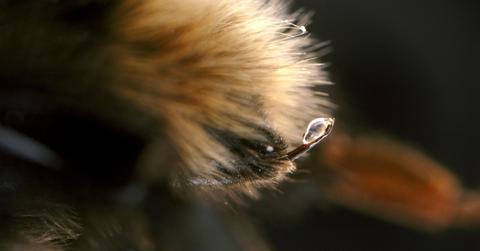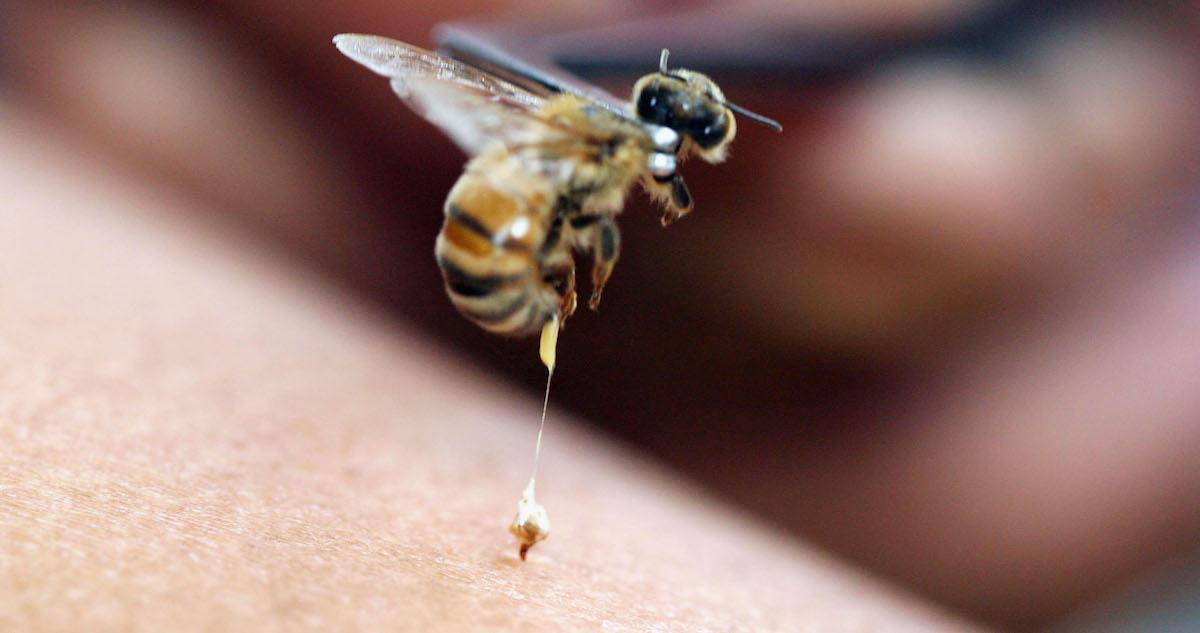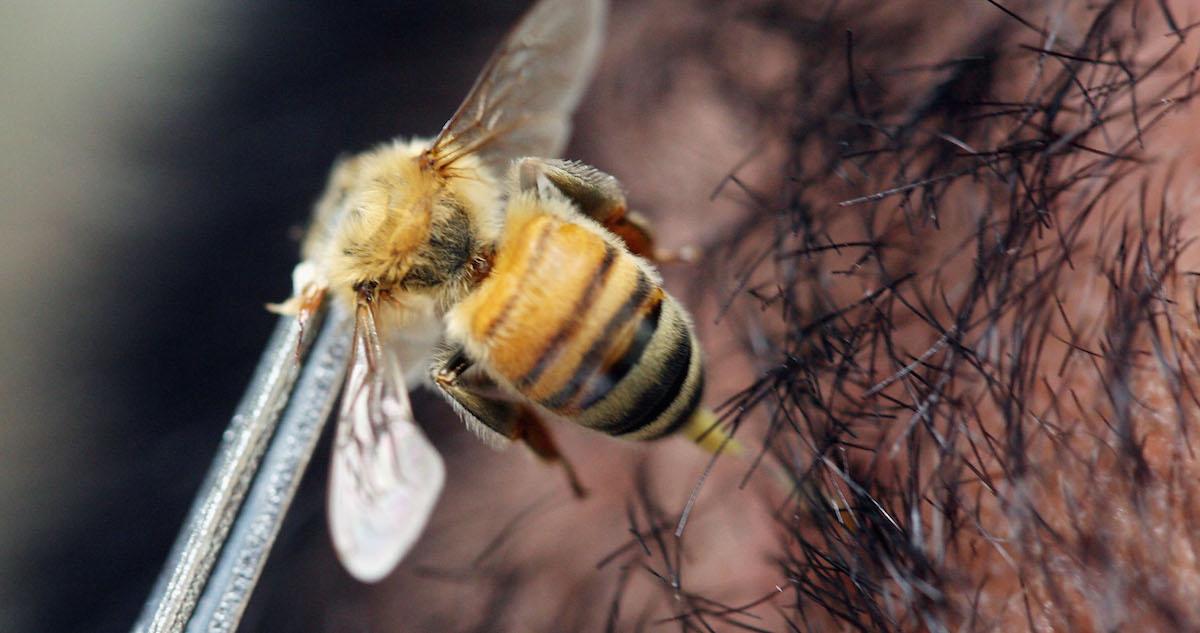The Ultimate Sacrifice: Why Bees Die After They Sting
Published June 9 2021, 1:06 p.m. ET

Bees are some of the most amazing insects in the animal kingdom. They make their own food, have an advanced and unique social structure, and have some of the best defense mechanisms known to man. Unfortunately for them, the warning colors exhibited by their iconic yellow and black patterns aren’t always enough to keep predators away, which means resorting to their infamous stinger. But why do bees die after stinging?

Why do bees die after they sting?
According to EarthSky, a bee’s stinger is made up of two barbed lancets. These barbed edges become caught in the skin once they penetrate, which makes it far more difficult for the stinger to be pulled out. For the bee, it’s impossible to pull the stinger out. If the insect tries, the stinger pulls away from its body, along with part of its digestive tract, muscles, and nerves. The visceral damage kills the bee, but its venom keeps pumping into the object of its final enmity.
This doesn’t happen with every stinger or every stung victim, however. According to Forbes, bees with a mechanistic, barbed stinger can sting a larger insect without losing their sting, it only actually gets stuck in human skin. Besides the stinging sensation created by the piercing needle of the sting, bee stingers contain a venom sack packed with all sorts of goodies.

What happens after a bee stings you?
The bee-autiful cocktail contained within a bee sting includes toxins that break down cell membranes, causing pain, as well as anti-inflammatories that stop blood flow to the site. Their purpose is to make sure the poison cannot be flushed away. Then there are also histamines, meant to cause allergic reactions, some of which are deadly if you happen to be allergic to bees.
Finally, there are the pheromones. According to Forbes, those pheromones attract other nearby bees telling them, “this person is a threat, everyone converge on me and sting them!” If you’re close enough to the beehive, the swarming consequences can be pretty painful.
Do bees always sting first and ask questions later?
Because stinging means certain death, honey bees won’t sting unless they absolutely have to. According to EarthSky, honeybees only really resort to using their sting when they perceive a threat to the hive. As a result, most foraging honeybees won't even attempt to sting if you catch them in the midst of a pollen harvest. Out there, on their own, the hive is not in danger, so they don’t need to sting. If they get swatted or stepped on, though, they will likely take that final stab at vengeance.

Do all bees die when they sting?
Not all bees sting, and not all those that do sting die as a result. The honeybee, as discussed earlier, is the main topic of today’s conversation, and they die when they sting. Other species that don’t have that pheromone-implanting barbed stinger needn’t worry about dying after stinging.
According to the Jersey Biodiversity Centre, honeybee queens, solitary bees, bumblebees, and other bee species all have smooth stingers that allow them to pull in and out, stinging to their little hearts' content. Yellowjackets and hornets also have barbed stingers but possess a sheath that helps them retract the barb so that they can either sting again or fly off.